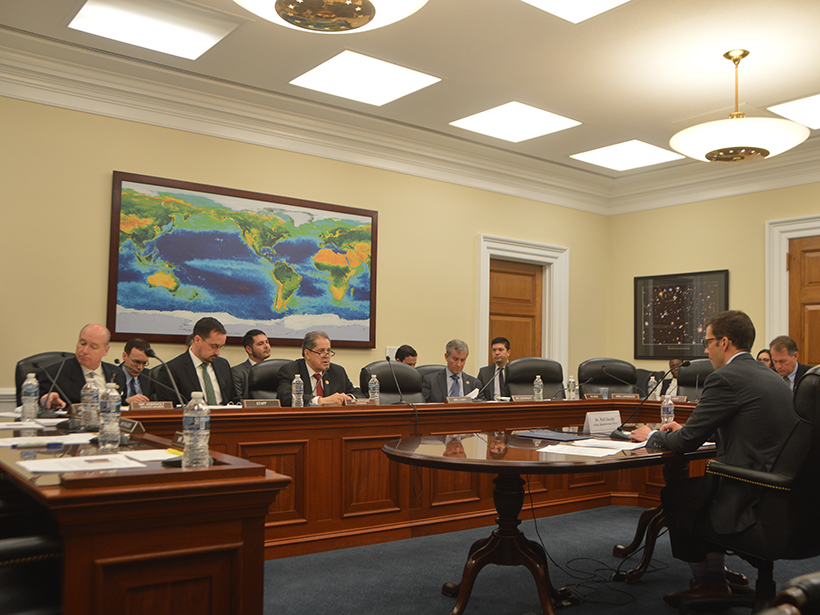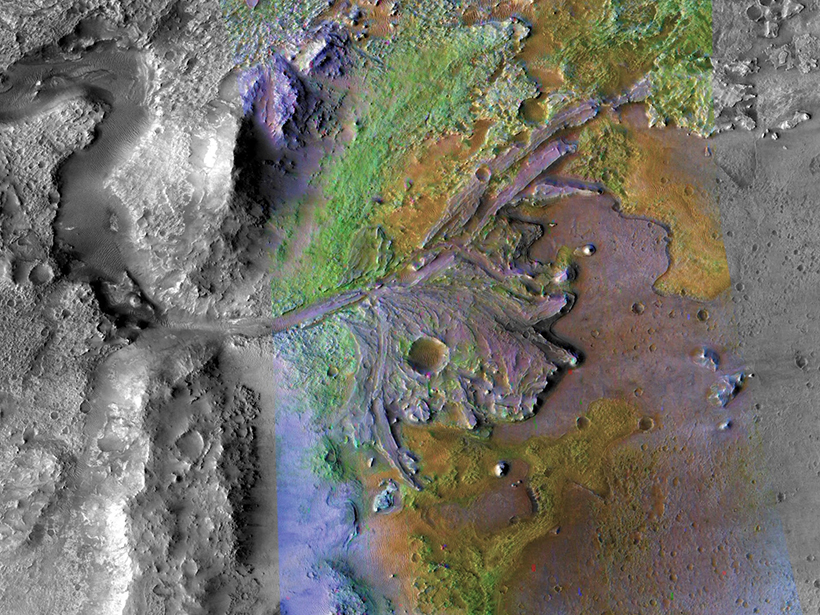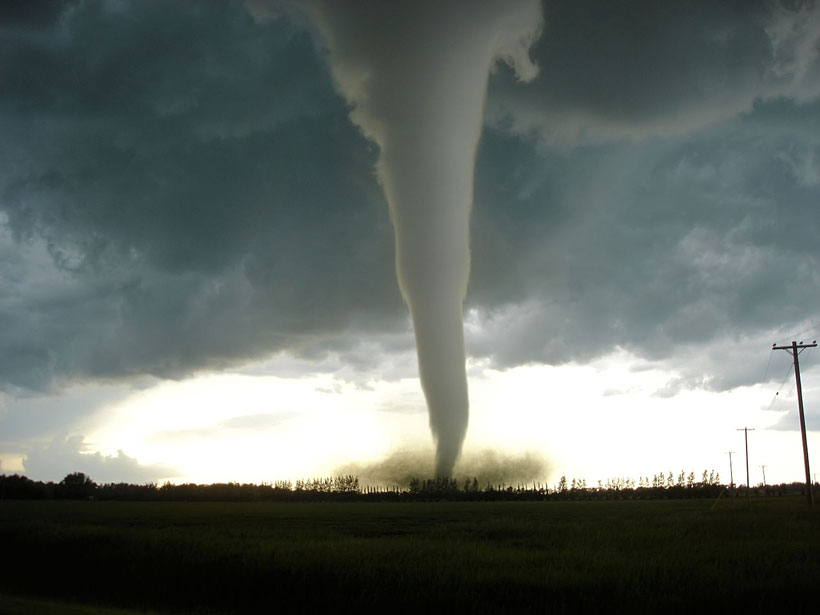If this Triassic period delta existed today, its footprint would equal about 1% of all land on Earth.
News
NOAA Budget Proposal Hits Rough Waters in Congress
The budget proposed by the Trump administration would cut NOAA’s budget by 18%. It would target climate and ocean research programs and also slash education initiatives, grants, and other agency programs.
Fireball over the Bering Sea
Powerful meteorite explodes over “a sensitive part of the world.”
What Ancient Rivers on Mars Reveal About Its “Great Drying”
Dried-up rivers on Mars suggest that the planet was wet in the not-too-distant past.
Ancient River Discovery Confirms Mediterranean Nearly Dried Up in the Miocene
Sedimentary deposits reveal a Nile-sized river system flowing from what are today Turkey and Syria.
Judge Blocks Oil and Gas Leases on Public Land, Citing Climate Change
The ruling pointed out a “critical flaw” in fossil fuel leasing.
Before Canadian Scientists Can Study Tornadoes, They Have to Find Them
A yearlong project aims to find more than 150 “missing” tornadoes thought to hit Canada each year.
Jay Inslee Campaigns for Presidency on Climate Change Issue
The governor of Washington says that dealing with climate change has to be the country’s number one priority.
Asteroid Visited by Mission Spews Rocks into Space
Mission scientists observed 11 separate particle ejection events in a 1-month period. They are still trying to figure out what could be causing the particle plumes.
Scientists Discover Pristine Collection of Soft-Tissue Fossils
The fossils include jellyfish, box jellies, branched algae, and sponges, which are underrepresented in or missing from other deposits.










